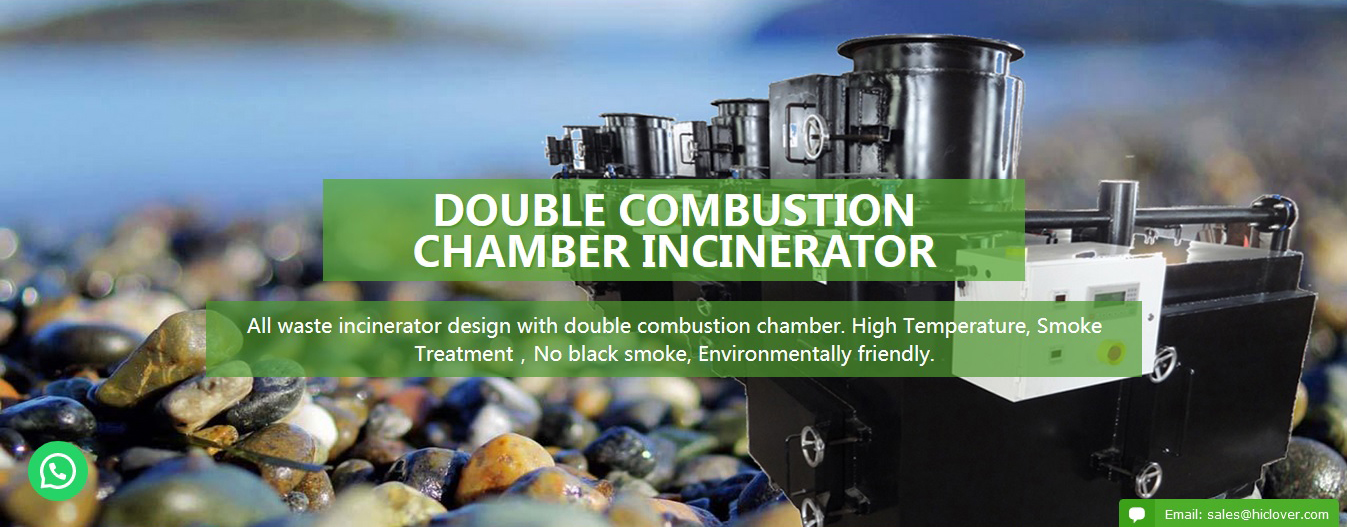Autoclaves are often associated with sterilization processes in medical and laboratory settings, but their versatility extends beyond just sterilizing equipment and materials. In fact, autoclaves are increasingly being used in incineration processes, showcasing their ability to handle a wide range of waste materials efficiently and effectively.
Incineration is a common method of waste disposal that involves burning waste materials at high temperatures to reduce its volume and convert it into ash, flue gas, and heat. This process is widely used for the disposal of medical waste, hazardous waste, and general waste in a safe and environmentally friendly manner. Autoclaves play a key role in this process by pre-treating the waste before it enters the incinerator.
Autoclaves are capable of processing a variety of waste materials, including medical waste such as sharps, contaminated clothing, and biohazardous material. By subjecting the waste to high-pressure steam and elevated temperatures, autoclaves are able to sterilize the waste and reduce its volume, making it safer and more manageable for the incineration process. This pre-treatment step not only ensures the safety of the incineration process but also helps to maximize the efficiency of the overall waste disposal process.
Another important benefit of using autoclaves in incineration processes is the ability to handle hazardous and chemical waste. Traditional incineration methods may not be suitable for certain types of hazardous waste due to the potential release of harmful emissions and pollutants. Autoclaves, however, can effectively treat hazardous waste by deactivating harmful pathogens and reducing the overall volume of the waste, making it safer to incinerate.
Furthermore, autoclaves can also be used to recover energy from waste materials before incineration. By utilizing the heat generated from the autoclave process, waste materials can be dried and pre-treated, leading to the recovery of valuable energy that can be used to power the autoclave itself or other processes within the facility. This not only reduces the reliance on external energy sources but also maximizes the overall efficiency of the waste disposal process.
In addition to their role in pre-treating waste for incineration, autoclaves can also be used to process the ash and residue produced from the incineration process. By subjecting the ash to high-pressure steam and temperature, autoclaves can effectively sterilize and reduce the volume of the remaining waste, making it easier to handle and dispose of in a safe and responsible manner.
In conclusion, the versatility of autoclaves in incineration processes cannot be understated. Their ability to efficiently and effectively handle a wide range of waste materials, sterilize hazardous waste, recover energy, and process incineration residues makes them an indispensable tool in modern waste management systems. As the demand for safe and sustainable waste disposal methods continues to grow, autoclaves are poised to play a pivotal role in meeting these environmental and regulatory challenges.



